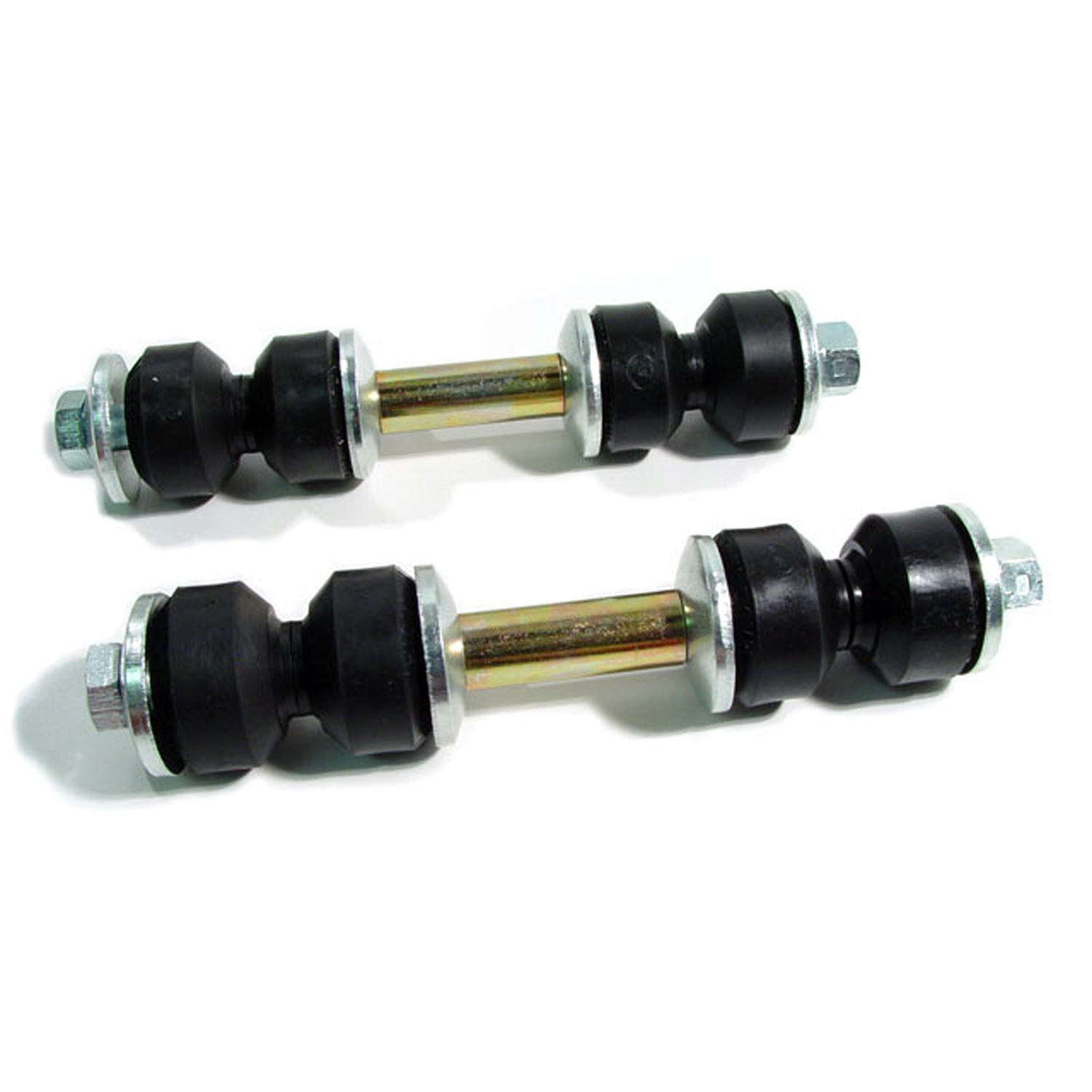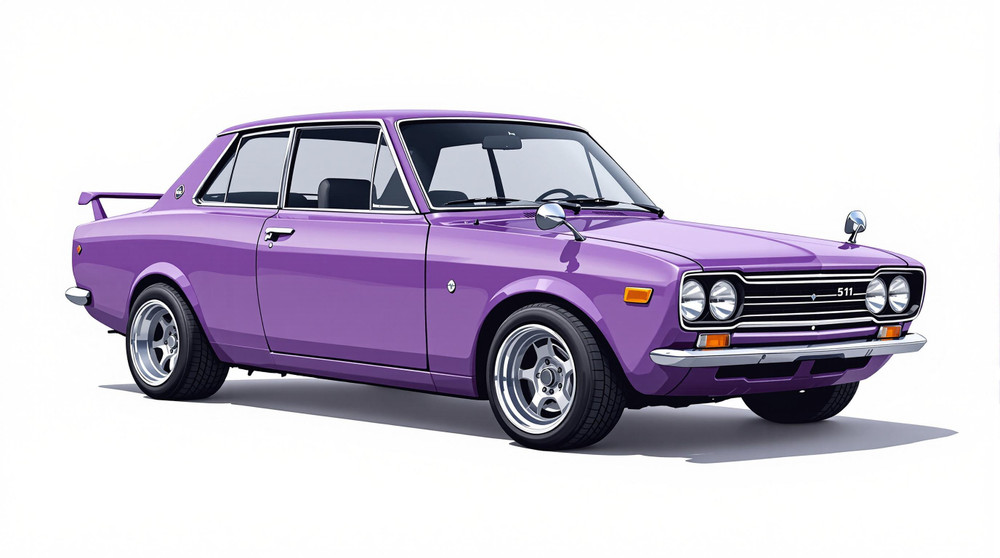Image of 1973 Nissan 510, Note: These illustrations use artistic license and may differ from actual historical models.
Performance Metrics
Fundamental Metrics
Emotional Appeal
MMP Rating
| Engine Specifications | |
|---|---|
| Engine Options: | L16 I4, L18 I4, L20B I4 |
| Displacement Range: | 1.6L, 1.8L, 2.0L |
| Horsepower Range: | 96-110 hp |
| Torque: | 100-120 lb-ft |
| Compression Ratio: | 8.5:1, 9.0:1 |
| Ignition System: | Conventional distributor with points |
| Cooling System: | Liquid-cooled |
| Performance Specifications | |
| 0-60 Time: | 12-14 seconds |
| 1/4 Mile Time: | 18 seconds |
| Top Speed: | 100 mph |
| Transmission and Drive | |
| Drive Type: | RWD |
| Transmission Type: | 4-speed manual, 3-speed automatic |
| Fuel and Efficiency | |
| Fuel System Type: | Carburetor |
| MPG: | 20-25 mpg |
| Dimensions and Brakes | |
| Brakes: | Front disc, rear drum |
| Wheelbase: | 95.3 inches |
| Weight: | 2,200 lbs |
Note: Specifications for classic cars are given to the best of our ability, considering the limited and variant data available.
Unveiling the Underdog: The 1973 Nissan 510
The year 1973 marked a significant milestone for Nissan with the introduction of the 510, a car that would quietly revolutionize the compact car segment. Born from the vision of Nissan's engineers and designers, the 510, also known as the Datsun 510 in some markets, was a testament to Japanese automotive ingenuity. Its origin traces back to Japan's post-war era, where Nissan sought to create a vehicle that balanced affordability with performance. A unique fact about this model is that it earned the nickname "Poor Man's BMW" due to its impressive engineering and driving dynamics at a fraction of the cost of European counterparts.
Design and Innovation
The exterior styling of the 1973 Nissan 510 was simplistic yet purposeful, featuring clean lines and a boxy silhouette that exuded a sense of practical elegance. The interior was surprisingly roomy for its class, with an emphasis on functionality over luxury. Materials used within were durable and modest, reflecting the car's utilitarian philosophy. Technologically, it boasted advanced features for its time, such as independent rear suspension – a rarity among vehicles in its price range. Color options ranged from vibrant to subdued, with hues like Sunshine Yellow and Metallic Blue capturing the spirit of the era. The most iconic body style was undoubtedly the two-door sedan, which became synonymous with both daily commuting and grassroots racing.
Historical Significance
The Nissan 510's impact on automotive design was subtle yet profound. It demonstrated that economy cars could possess spirited driving characteristics and robust mechanicals. It set itself apart with its rear-wheel-drive layout and sporty handling, challenging the status quo of front-wheel-drive economy cars. The 510's legacy is evident in how it inspired a generation of enthusiasts and tuners, laying groundwork for future performance-oriented compact cars.
Performance and Handling
In terms of performance, the 1973 Nissan 510 was no slouch. Its top speed was respectable for its class, while acceleration from 0-60 mph was achieved in a timely manner considering its modest powerplant. Handling was where the 510 shined; it navigated bumps and windy roads with poise uncommon among its peers. Behind the wheel, drivers were treated to an engaging experience – from the responsive steering to the distinct hum of its inline-four engine.
Ownership Experience
The Nissan 510 served many roles – from reliable daily transportation to weekend track warrior. Its simplicity meant maintenance was straightforward, endearing it to owners who valued ease of repair. While not immune to wear and tear typical of vehicles from this era, its reliability stood out in an age where many cars were less dependable.
Fun Facts
Among enthusiasts, certain versions of the 510 are particularly coveted – such as those equipped with dual side-draft carburetors or sporting factory BRE (Brock Racing Enterprises) livery. Celebrity ownerships have included notable figures in motorsports who recognized the car's potential on and off the track. Although it faced criticism for its unassuming appearance or basic amenities compared to luxury marques, these aspects have become endearing qualities over time.
Collector's Information
Today, values for a well-preserved or expertly restored 1973 Nissan 510 can vary widely based on condition, originality, and historical significance. Estimates suggest that tens of thousands were produced during its run; however, survivors in excellent condition are increasingly rare finds. Price trends indicate appreciation for this classic Japanese icon – especially for models with documented racing history or period-correct modifications – with values ranging anywhere from $10,000 to over $30,000 depending on various factors.
Conclusion
The 1973 Nissan 510 may not have started out as an automotive superstar but has earned its place in history through a combination of accessibility, reliability, and performance. It’s a classic that continues to captivate car enthusiasts around the world – proving that sometimes greatness comes in humble packages.
1973 Nissan 510 Catalog of Parts
 1973 Nissan 510 Front Stabilizer End Repair Kit-BNK 22Front Stabilizer End Repair Kit. 22-piece set for two stabilizer bars. Contains all rubber bushings, washers, bolts and nuts, enough for one front end. Set
1973 Nissan 510 Front Stabilizer End Repair Kit-BNK 22Front Stabilizer End Repair Kit. 22-piece set for two stabilizer bars. Contains all rubber bushings, washers, bolts and nuts, enough for one front end. SetWhy Choose Metro?
For over 100 years, Metro Moulded Parts has been the pinnacle of quality in classic car restoration parts. Our commitment to precision and authenticity in every component ensures a perfect fit and an OEM-level appearance.
- Expert Craftsmanship & Quality: Each part is a testament to our dedication to reliability and perfection, crafted from original designs and thoroughly tested.
- Advanced Technology: We use cutting-edge techniques to create flawless, long-lasting parts that surpass others in performance.
- SuperSoft Sponge – The Ultimate Door Seal: Not only are our door seals 30% softer than competitors', but they're also guaranteed to never leak. They effectively reduce wind and road noise, enhancing your classic car's comfort and driving experience.
- Proudly American: Our parts are a product of American craftsmanship, made in the USA with a spirit of excellence and heritage.
- Unrivaled Warranty: We back our products with a 30-year industry-leading warranty, a testament to our confidence in their quality.
Join us in preserving the legacy of classic cars with parts that are crafted for perfection, not just made.

